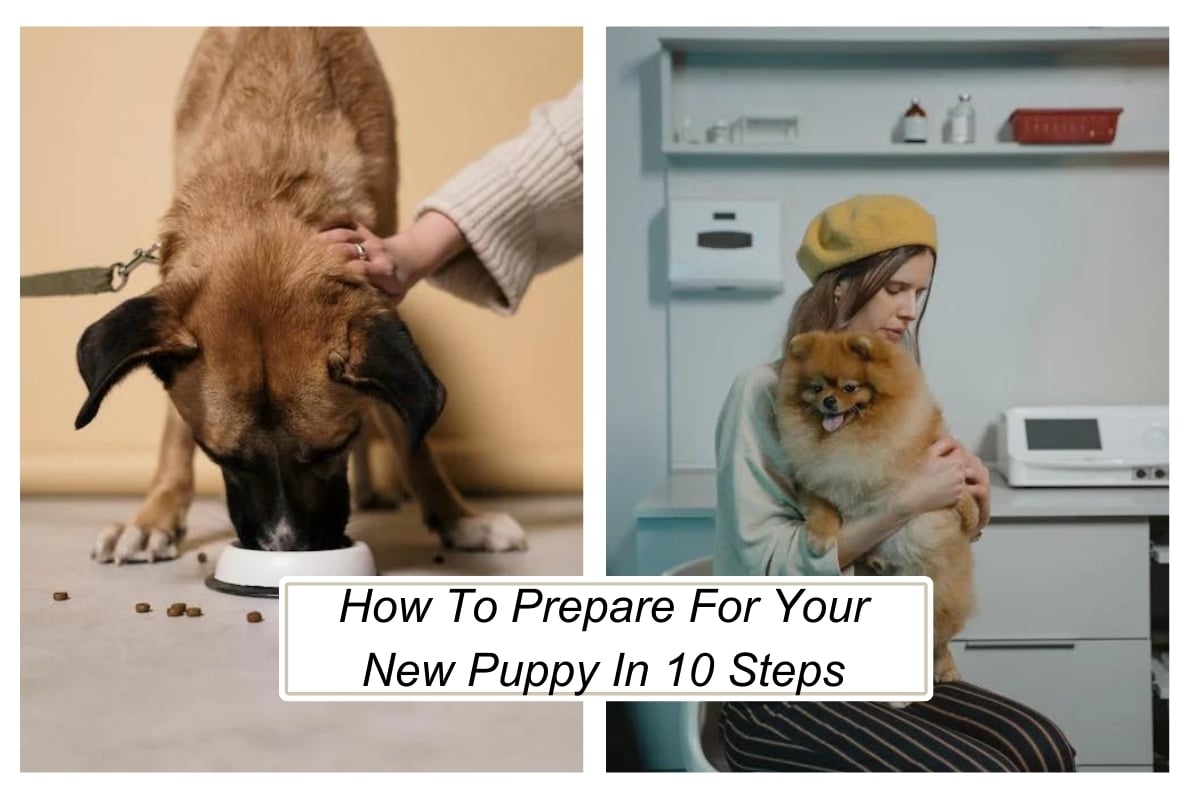How To Prepare For Your New Puppy In 10 Steps
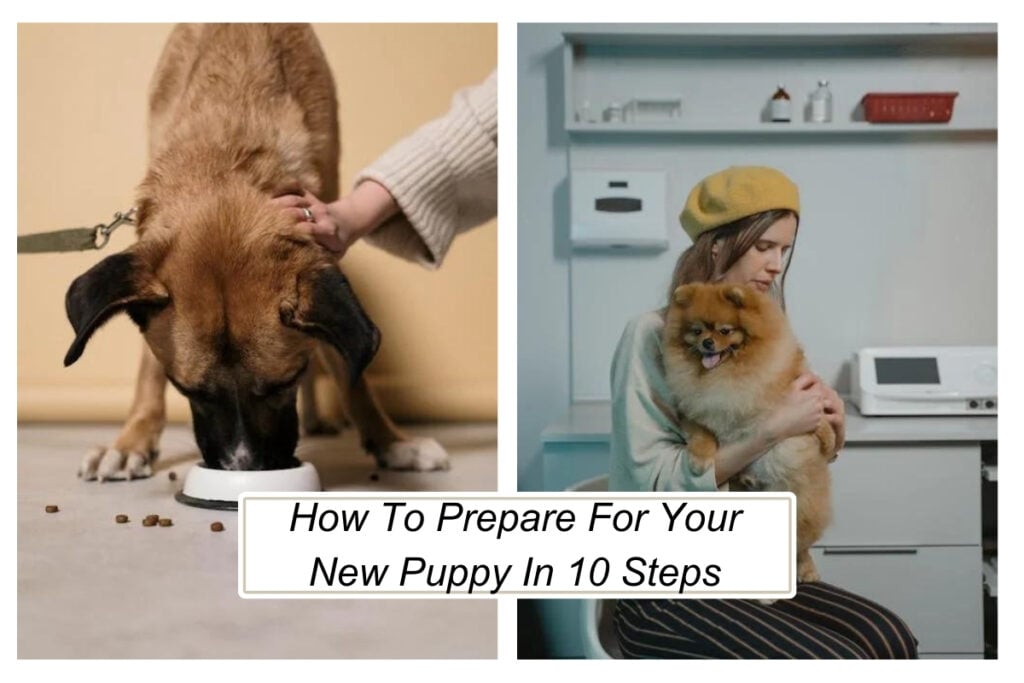
Bringing a new puppy into your home is an exciting and joyful experience, but it also requires careful preparation to ensure a smooth transition for both you and your furry friend. A well-prepared environment helps your puppy feel safe and secure, making it easier for them to adjust to their new surroundings. From choosing the right supplies to establishing routines, every step you take can significantly impact your puppy’s development and happiness.
Prepare For Your New Puppy In 10 Steps
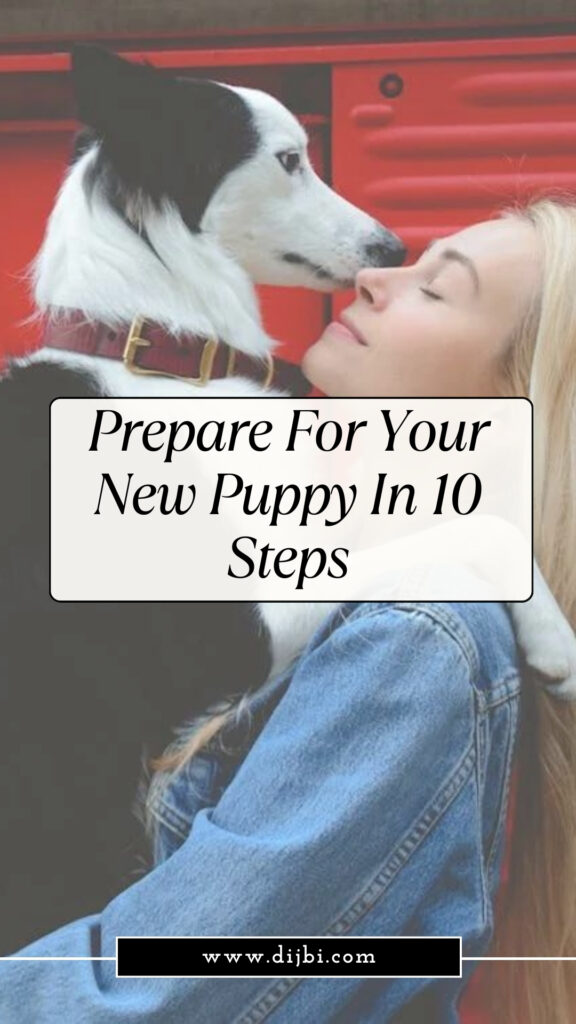
In this guide, we’ll walk you through ten essential steps to prepare for your new puppy, covering everything from creating a safe space to understanding their basic needs. Whether you’re a first-time pet owner or adding another member to your family, these preparations will help you foster a loving and nurturing environment, setting the stage for a strong bond with your new companion. Let’s dive into the steps that will help make your puppy’s arrival a joyful and memorable occasion!
1. Dog-proof Outdoor Areas
When you have a mischievous puppy, the last thing you want is for them to go for a walk! Before you even think about taking them outside, it’s super important to make sure your yard and any outdoor spaces are safe.
You really want to check things like fences, gates, and hedges.

In those first few weeks, your puppy needs to be extra careful since they haven’t had all their vaccinations yet.
So, take a little time to do a safety check. Make sure the fences are sturdy and that gates close properly. Also, keep an eye on any hedges—puppies can get tangled up or sneak through them if you’re not careful.
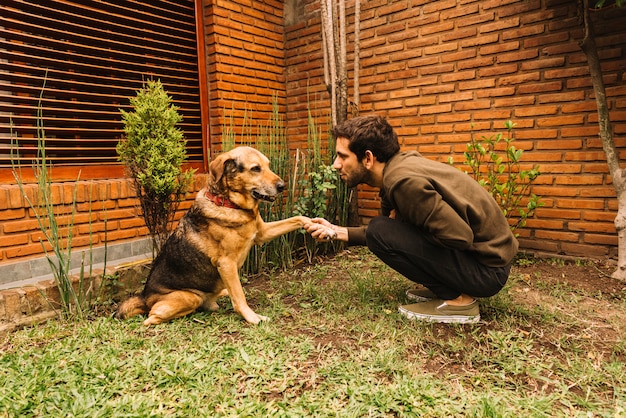
It might seem like a lot of work now, but ensuring a safe space for your puppy to play in will make walks later on so much more enjoyable! You’ll have peace of mind knowing they can romp around without getting into trouble. Plus, you’ll be setting them up for a safe and fun adventure in the future!
2. ID Tags and Microchipping
Did you know that by law, every dog needs to wear a tag on its collar with its owner’s contact information?
It’s a simple but important rule!
If your pup ever gets lost, having that tag makes it way easier for someone to return them to you.

But here’s the thing: while a tag is great, you might want to go a step further and get your dog microchipped. This is a really straightforward procedure and can make a big difference if your furry friend goes missing.
A microchip is a tiny device that’s placed under your dog’s skin. It has all your contact info stored in it, which means that if someone finds your dog, they can easily scan the chip and find out how to get in touch with you.

So, even though it may seem like an extra step, it’s definitely worth considering to keep your beloved pup safe! Plus, it’ll give you peace of mind knowing there’s a backup plan in case your dog ever decides to explore a little too far.
3. Food And Water Bowls
As your dog gets bigger, they’ll definitely need to eat and drink a lot more! It’s super important to have sturdy bowls for their food and water.

I recommend going for stainless steel or ceramic bowls instead of plastic ones.
Why?
Well, stainless steel and ceramic are way tougher, so they can handle a few bumps without cracking or breaking. Plus, they’ll last a lot longer, which is great because you won’t have to replace them as often.

Sturdy bowls not only keep things cleaner, but they also look nicer in your home. So, investing in good bowls means you’re set for the long haul. Your pup will appreciate it too—no one likes a wobbly bowl when they’re trying to eat!
4. Collar And Lead
You won’t be able to take your new puppy outside for walks until they’ve had all their vaccinations, but that doesn’t mean you can’t start getting them comfortable with a collar and lead right away! It’s a good idea to get a collar that fits well, and I recommend going for a soft, flexible leather collar. It feels nice against their little neck and is pretty durable. If leather isn’t your thing, a nylon collar is a solid option too—it’s lightweight and comes in lots of fun colors.

Having a collar is really important, especially for small dogs, because it helps protect their necks. A well-fitting collar will keep them safe and comfortable, and it’s a good first step in teaching them about wearing a leash later on. Plus, getting them used to wearing a collar now will make things easier when it’s time for those exciting walks in the park!

And don’t forget to pick up a matching lead! It’s like a little style statement for your pup. Starting them off right with a collar and lead can make a big difference in how they feel about going on adventures once they’re ready. It’s all about creating positive experiences from the get-go!
5. Stair Gate
If your home has stairs, it’s a good idea to invest in a stair gate for your new puppy. This little addition can make a big difference! A stair gate helps set clear boundaries for your pup, keeping them from wandering into areas where they might get into trouble or chew on things you’d rather they didn’t.

Plus, it’s a great way to keep those precious items you don’t want them to chew on out of their reach! Whether it’s your favorite shoes, charging cables, or other household items, a stair gate helps protect them from curious little teeth.
6. Dog Food
Before your new puppy arrives, it’s super important to have plenty of good dog food ready to go. You want to make sure you’re set up for success from day one!
A great way to start is by asking other dog owners or your vet for recommendations on the best food for your pup. They can offer valuable advice based on your puppy’s breed, size, and age.

Once you have the right food, try to stick to a consistent feeding schedule. Feeding your puppy at the same time every day helps them settle into a routine, which is really beneficial for their digestion and behavior.

Also, keep in mind that starting them on a high-quality food will help them grow strong and healthy. You’ll want to avoid switching their food around too much, especially in the beginning. Sudden changes in diet can upset their little tummies, and we definitely don’t want that!
7. Use A Crate
When you bring your new puppy home, you’ll probably use a box for the trip. But once you’re back, that crate can be super handy in so many ways! It’s not just for transportation; it can actually help your puppy feel safe and secure in their new environment.
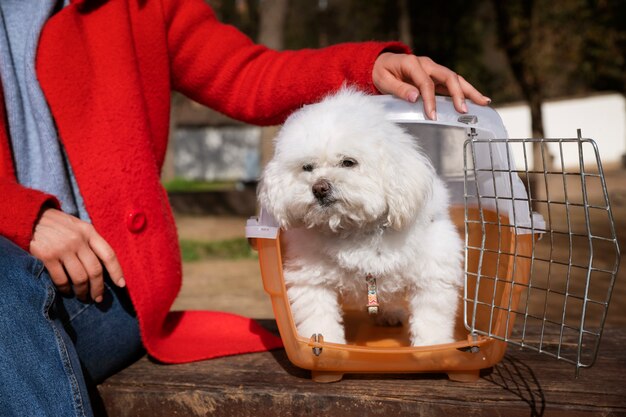
In the first few weeks, using the crate at home can be really beneficial. It’s a great tool for house training, as it encourages your puppy to go outside to do their business. Puppies generally don’t like to soil their sleeping area, so a crate can help teach them to hold it until they’re taken outside. It’s all about creating good habits!
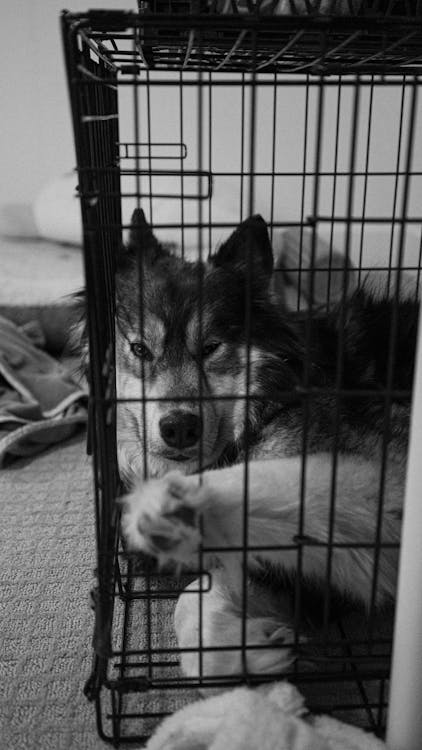
And don’t forget, the crate can also double as a comfy bed at night! Puppies often feel more secure in a small, enclosed space, which can help them sleep better. Just make sure it’s a positive experience for them by making the crate cozy with some soft bedding and maybe even a favorite toy.
Overall, a crate can be an amazing tool for training, safety, and comfort during those first few weeks. It helps your puppy adjust to their new home while also teaching them important lessons about boundaries and routines. It’s a win-win for both of you!
8. Toys And Chews
When you get a new puppy, you’ll find that there’s a massive selection of toys available, both online and in pet stores. It can be really fun to pick out one or two toys that you can enjoy playing with together! Whether it’s a squeaky toy, a plushie, or a durable chew, finding something your puppy loves can lead to lots of joyful playtime and bonding moments.

At some point, your puppy is going to go through the teething phase, much like kids do. Just like babies need teething rings, puppies need something to help ease the discomfort in their gums. This is where a variety of chew toys comes in handy! Having different types of chews—like rubber toys, rawhide, or soft fabric toys—can really help soothe their teething pains.

Plus, if your puppy has plenty of fun things to chew on, they’re less likely to target your favorite shoes or furniture. Trust me, nothing is worse than coming home to find your new sneakers turned into chew toys! So, providing them with the right toys can save your belongings and keep your puppy happy at the same time.
9. Grooming Products
It might seem like a lot at first, but investing in a grooming set for your dog is really important! Grooming your puppy isn’t just about keeping them looking cute; it’s also a wonderful way to bond and spend quality time together. Plus, regular grooming is essential for their health.
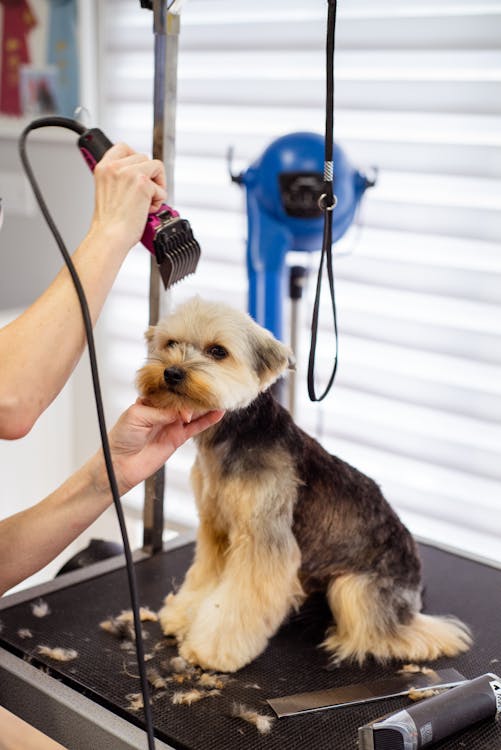
Different breeds have different grooming needs, so having the right tools can make a big difference. For example, some dogs have long, flowing fur that needs to be brushed regularly to prevent tangles and mats. Other breeds might have shorter coats but still benefit from occasional brushing to remove loose hair and keep their skin healthy. A good brush can help distribute their natural oils, keeping their coat shiny and smooth.

Bathing your puppy is also part of the grooming process. While you don’t need to give them a bath every week, doing it occasionally helps keep their skin clean and free from any dirt or odors. Just make sure to use a gentle dog shampoo that’s suitable for their skin type.
10. Pet Insurance
It might not be the most thrilling thing to buy, but getting pet insurance is one of the most important purchases you can make for your new puppy. Think of it as a safety net for your furry friend! You never know when unexpected health issues might arise, and having insurance can help cover those costs.

Talking to your vet is a great first step. They can guide you on what kind of coverage is best for your puppy’s breed and health needs. Some plans cover routine check-ups and vaccinations, while others focus on emergencies or accidents. It’s all about finding the right balance for your situation.
Also, be sure to shop around for the best deal! Different insurance companies offer different plans, so take your time comparing options. Look for reviews and see what other pet owners say about their experiences with various providers. This way, you can make an informed decision and find a plan that fits your budget.
While it might not be as exciting as picking out toys or treats, having pet insurance gives you peace of mind. You’ll be prepared for any bumps in the road, and your pup will get the care they need when it matters most. So, don’t skip this step—your puppy will thank you for it in the long run!

